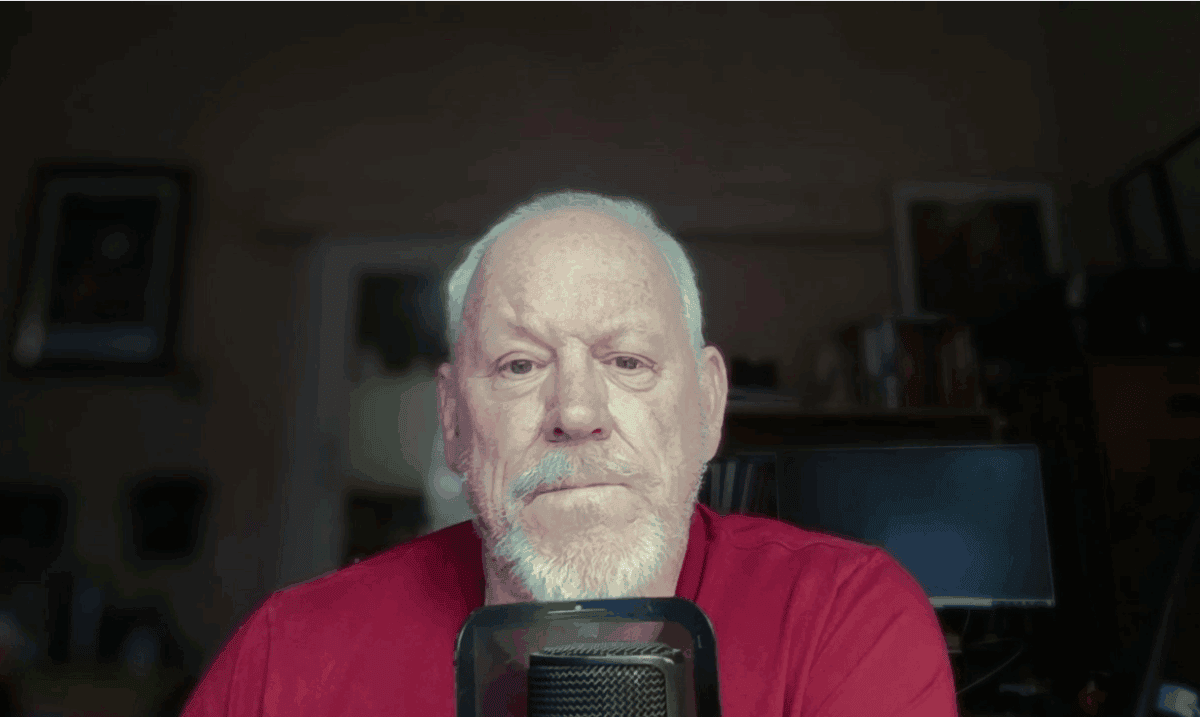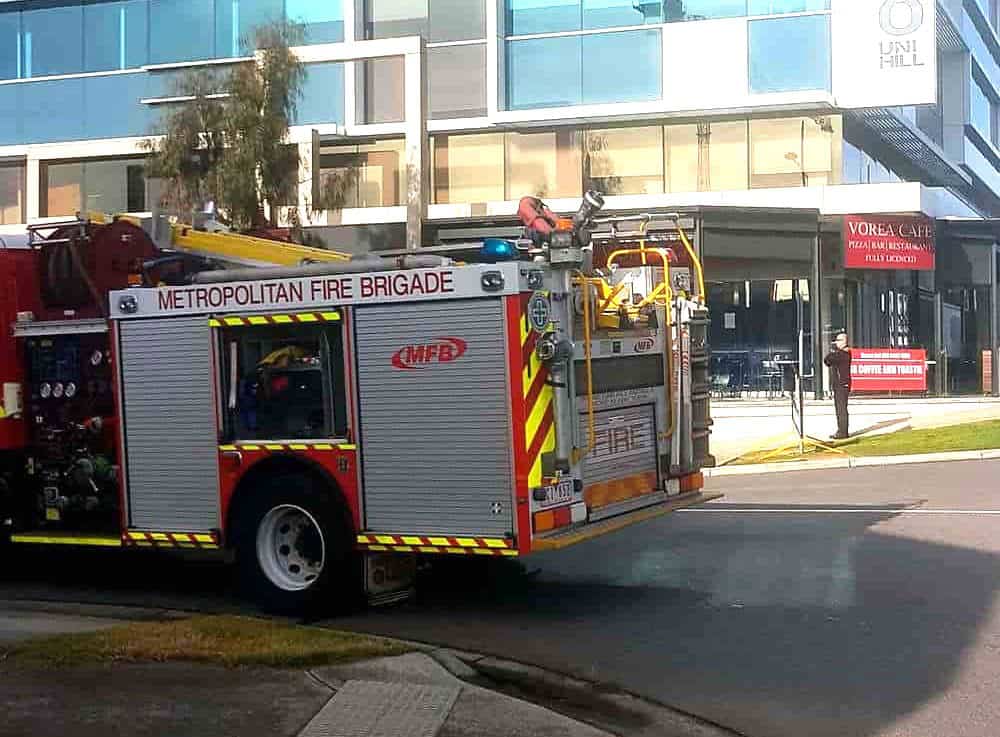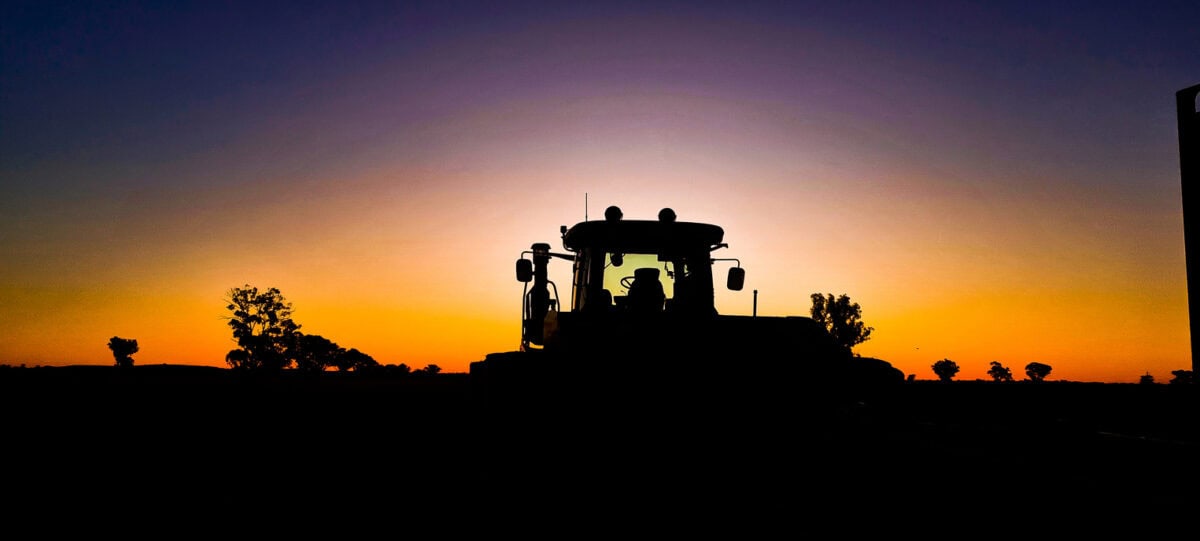On October 21, 2025, the Australian Capital Territory’s Parliament debated (page P3249) expanding workers’ compensation to gig workers. Impediments to change were similar to those mentioned in various parliamentary inquires and debates ever since gig work developed into an industry sector and gig workers started to die at work. But the amendment passed so progress was made.
Category: transport
When Jurisdiction Blocks Safety Justice for Learner Drivers
Australia’s efforts to enhance the health and safety of its workers are hindered by the constitutional framework, which assigns responsibility for occupational health and safety (OHS) to local jurisdictions.
Recent comments by a Federal Minister on sexual harassment illustrate this dilemma, which is not restricted to OHS.
Audio summary on Quad Bike Safety
I have been writing about the safety of quad bikes and all-terrain vehicles for many years. The debate over quad bike safety was one of the most complex and vicious I have ever seen. In some minds, the issue has been resolved in Australia, but farmers continue to die from these vehicles.
Below is a brief 5-minute video about some of the OHS issues associated with these vehicles. I’d love to hear your thoughts on it, especially if you think a book about the issues would be worthwhile.
The audio will be available soon on the SafetyAtWorkBlog SoundCloud feed.
SafetyAtWorkBlog followed the quad bike safety saga, and dozens of exclusive articles are available for subscribers.
The Hidden OHS Emergency Behind Victoria’s Firefighting Fleet
New documentary “Breaking Point” is a curious mix of propaganda, lobbying, whistleblowing, fear, stress, with an occupational health and safety (OHS) undertone. According to Victorian firefighters, they are being sent to fight fires and save lives with equipment that is known to be faulty—a problem that could easily be solved.
Reading behind the rows of Australia’s injury dashboard – farm fatalities or poor choices?
Australia now has a Rural Media Farm Injury Dashboard, which shows the location of agricultural injuries and deaths from 2020 onwards. This is the type of publicly available information required to help reinforce an awareness of the dangers of farm work and demystify and destigmatise occupational health and safety (OHS) in this sector.
There are limitations, though, so one must be careful not to hyperbolise the data.
Note: This article mentions suicide.
NZ OHS reform is all sticks and carrots of questionable quality
Recently, New Zealand’s Minister for Workplace Relations and Safety, Brooke Van Velden, was interviewed for almost half an hour by Jack Tame on her government’s proposed changes to occupational health and safety (OHS) laws. The interview was informative and entertaining, as it explained some aspects of the OHS changes, but also showcased a Minister who was uncomfortable with being questioned.
Boeing’s failures illustrate fundamental flaws in modern business values
Andrew Hopkins’ new safety and management book has landed. It is perhaps his most powerful critique of modern safety-related corporate management as he identifies “big picture” socioeconomic and political factors that directly affect executive decisions. By examining the 737 MAX aeroplane crisis of over 340 customer deaths that Boeing could have prevented, Hopkins discusses the hazardous managerial ideologies that have been idolised and are likely to be present in most companies created in the last 40 years.
The book has aviation in the title, but this is far more than a book about aeroplanes.







